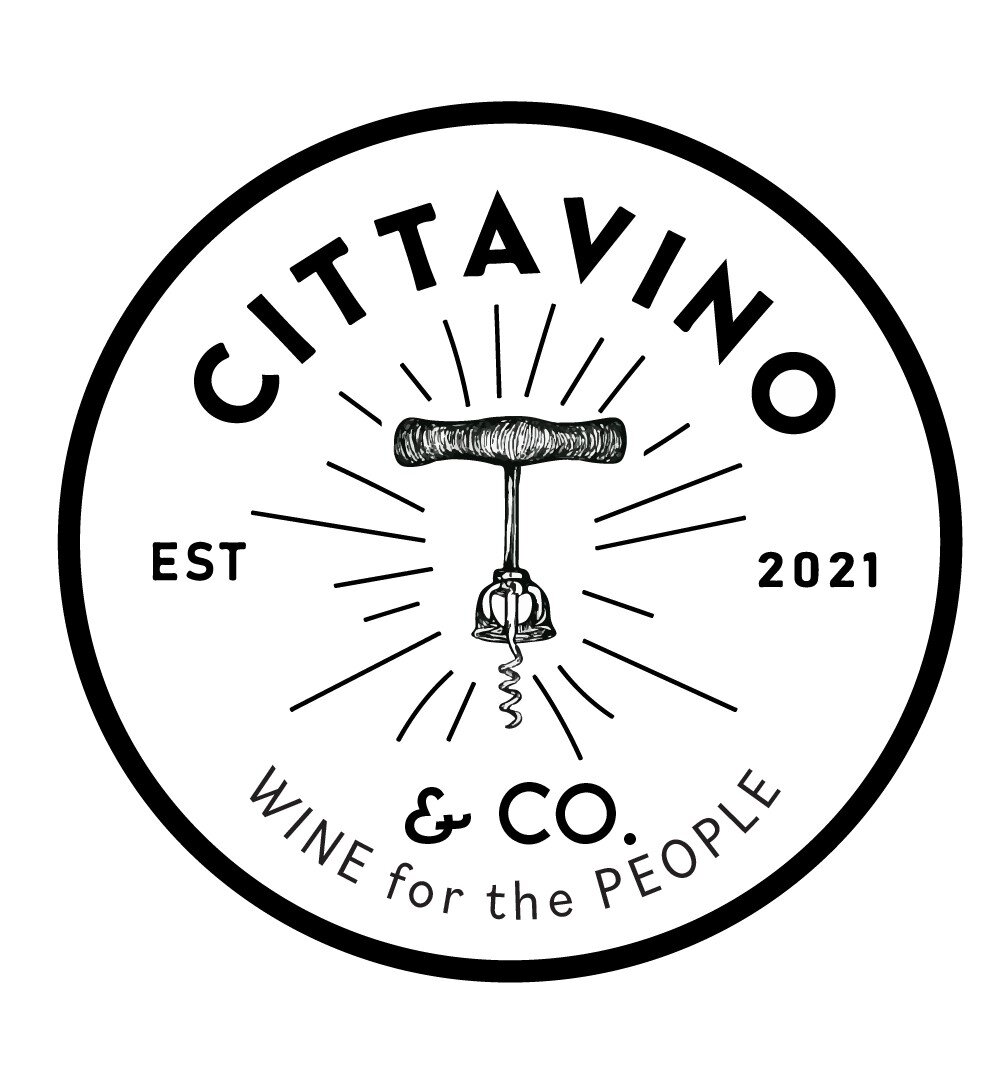VAL DI NOTO
For a true Noto experience, try the Marabino “Rosso di Contrada” Nero d’Avola and the Federico Curtaz “Anake” Nero d’Avola
THE NAME
Noto is a city and commune located within the province of Siracusa. Its history is aligned with Sicliy’s cosmopolitan history in general, with multiple occupations of varying ethnic groups. The name is thought to be Greek in origin, as Νότιο in Greek means “south.” Νότιο, Noto. The earliest mention of the city dates back to the first Punic Wars (wars between the Roman Republic and the Phoenicians leading to Rome’s ultimate take over).
The Noto DOC covers the communes of Noto, Avola, Pachino, and Rosolini, often also referred to as the Val di Noto. Most wines coming from this area will be labeled Terre Siciliane IGT rather than Noto DOC. The obvious reason for choosing a more generic IGT labeling rather than a codified DOC is most likely due to the consumer market. Where most can point to Sicily on a map, very few would know Noto and its location on the island. In addition, many DOCs in Sicily are pretty loose—they do not offer stricter or more regulated winemaking principles and are rather arbitrary.
THE LAND
The province of Siracusa sits atop the Eastern slope of the Ibleo (Hyblea) Plateau. The Plateau is a result of the collision of the African and European continents (Africa-Eurasia convergence) during Late Cretaceous- Late Tortonian Period (~11-7 million years ago). Here, the collision uplifted submarine floors as well as a submarine volcano, forming a ridge that runs through the border between Siracusa and Ragusa. From this plateau, the land gently slopes downward on each side, southwest facing on the Ragusa side and northeast facing on the Siracusa side, creating two distinct tectonic domains: the Siracusa Plateau and the Ragusa Plateau. Both of these areas of the Plateau sit atop a carbonate base, suboceanic in origin. The Siracusa Plateau is mainly composed of a Late Cretaceous-Late Tortonian shallow-water (so not deep oceanic floor) carbonate material, resting on Early Cretaceous and sub-oceanic volcanic terrain (Monte Lauro). To the naked eye, the range is of white limestone rocks and Karst topography. The Hyblaean area is considered a high seismic risk.
What does all this geological lingo mean when it comes to grape growing? We can’t be sure. At Cittavino & Co. we can only make educated interpretations based on our understanding of other wine growing regions and by drinking as much wine as possible. What we do know is that a portion of the Barolo terrain in Piemonte is also of sub-oceanic, Tortonian origin and therefore, complex with pockets of carbonate/calcium/limestone. We also know Barolo’s complexity, depth, and ability to age is not only attributed to the fantastic Nebbiolo grape, but also to these ancient, geologically complex, mineral rich soils. Therefore, it would not be fantastical to assume that these wines’ structural and flavor complexly are in part due to these unique soils.
THE GRAPE
Sicily is home to many autochthonous (indigenuos) grape varieties and while we are sure one could find all these varieties somewhere in the Val di Noto, our focus for now will remain on the Nero d’Avola grape that thrives in this region.
The town of Avola is just a stone’s throw away from Noto as both communes border one another. The grape is thought to have been brought over by the Greeks in however-long-ago BCE. Italo-confusingly enough, despite its origins in Greek occupied Sicily and despite everyone in the world calling it Nero d’Avola, the grape’s official name is actually Calabrese.
It is thought by prominent winemakers in Sicily that there are hundreds of biotypes of Nero d’Avola. This assertion makes sense considering the grape’s presence on the Island for thousands of years. In addition to different climates and terroirs, the different biotypes probably factor into why there is such a range of wine expressions from this vine. Unfortunately, despite it being Sicily’s second most planted grape variety, no one has thought it worthy to invest in exploring this notion and work on DNA testing for this grape. By no one, I mean institutions with money, like the European Union and Universities, as grape growers and winemakers in this area do not have such funds. The kinds of Nero d’Avola bottlings out there range the entire winemaking spectrum from crappy, bulk, additive filled gas station wines, to high end, truly impressionable and cellarable bottles. If winemakers were able to focus on producing high quality wines, the grape would gain more notoriety among consumers and start to garner higher prices. In the end, the consumer market is the driving force behind production and currently, there isn’t much of one for high end Nero d’Avola.
Viticulturally, it’s a strange little grape. It flowers early and ripens early, it is vigorous but can have difficulties flowering so not overly productive. It is also, thankfully, drought resistant and retains its acidity in hot conditions. Some of the best Nero d’Avola grows in the province of Siracusa in the Val di Noto. While we are not privy to the various biotypes of the grape, it is not unreasonable to think that these ancient soils, strata, and rocks have something to do with the quality of wines coming from this region. We hypothesize similarly on zones of northern Italy, such as Barolo, and of deep volcanic terrains, such as Mt. Etna. These Siracusian Nero d’Avola are high pitched with a nervy acidity, mineral depth, and fine tannin and we can’t wait to try more.
For a true Noto experience, try the Marabino “Rosso di Contrada” Nero d’Avola and the Federico Curtaz “Anake” Nero d’Avola
Sources:
Geological map of the Tellaro River Valley (Hyblean Foreland, southeastern Sicily, Italy). Gino Romagnoli, Stefano Catalano, Francesco Pavano & Giuseppe Tortorici
Native Grapes of Italy. Ian d’Agata

